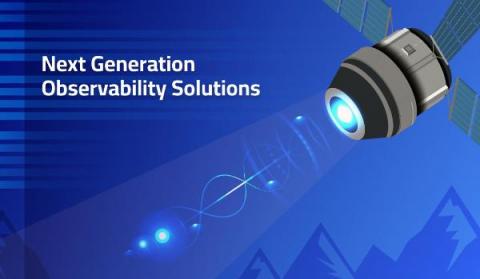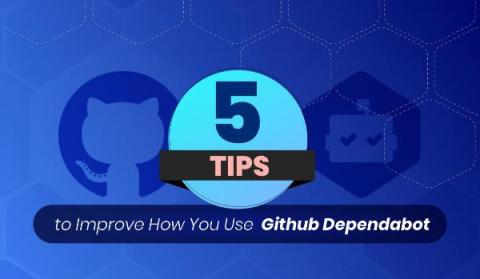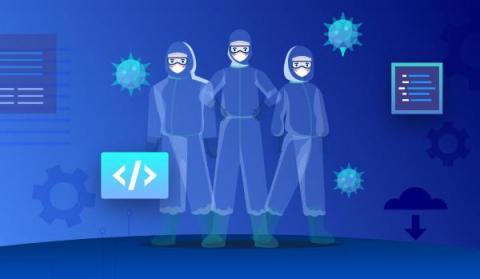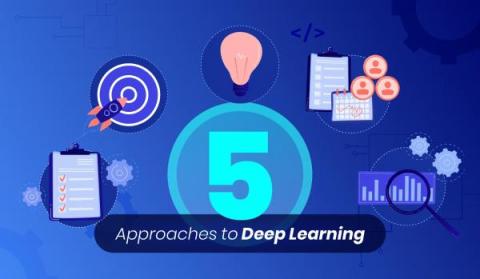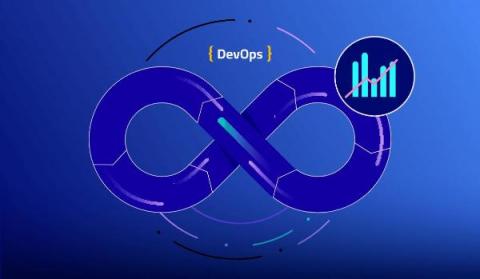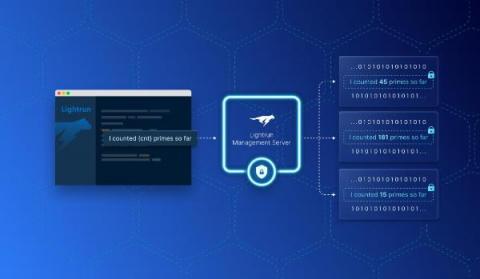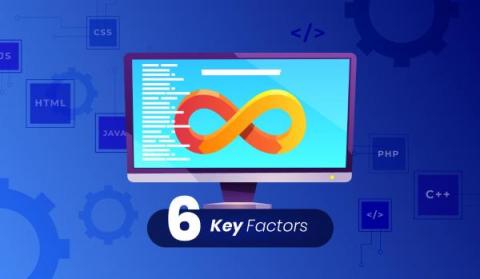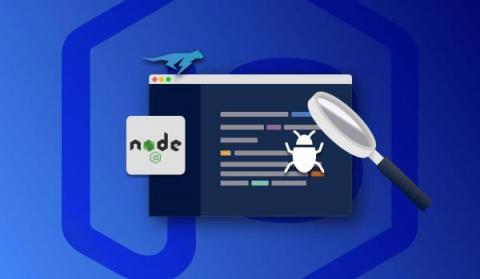A Peek into the Next Generation Observability Solutions
As organizations strive to meet the challenges of digital transformation, they are adopting newer technologies to build more robust software systems. Next generation observability solutions are paving the way to help them meander this maze to deliver better customer experiences and drive business results.


